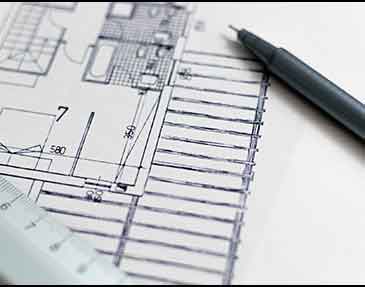Planning An Extension For Next Summer? Now's The Time To Start Planning
Many people do not realise how long it can take to get all the paperwork for an extension or loft conversion finalised.
While next summer may seem a long way off it is wise to start the preparations during the autumn and winter to be sure of getting work started on time.
Among those who will need to be engaged will be architects. They will require time to talk through your plans and produce designs. Often this will involve consulting with engineers, party wall surveyors and others to ensure what you have in mind is feasible.
All of this will take time, for the professionals to inspect your property, produce reports and identify any difficulties that may mean ideas will have to be modified before design work can be completed.
Once the architect has produced the designs, you will need to get properly-documented permissions from various authorities.
Planning permission needs to be given by the local authority. This may mean that planning officers have to consult with neighbours and they must, by law, publish the proposal to allow time for objections, and if necessary negotiations, before the councillors can vote to approve or reject your planning application.
Bear in mind that most local authority planning committees only meet once a month and usually take eight weeks to approve from the date of submission.
You will also need to comply with building regulations. Regulations nowadays cover a wide range of applications. Check this website for more details: https://www.planningportal.co.uk/info/200130/common_projects
So, if you want your dream extension to be completed on time, the advice is to allow between six and nine months beforehand to get everything in place.
The build is the easy part, look sharp and get your plans underway.



